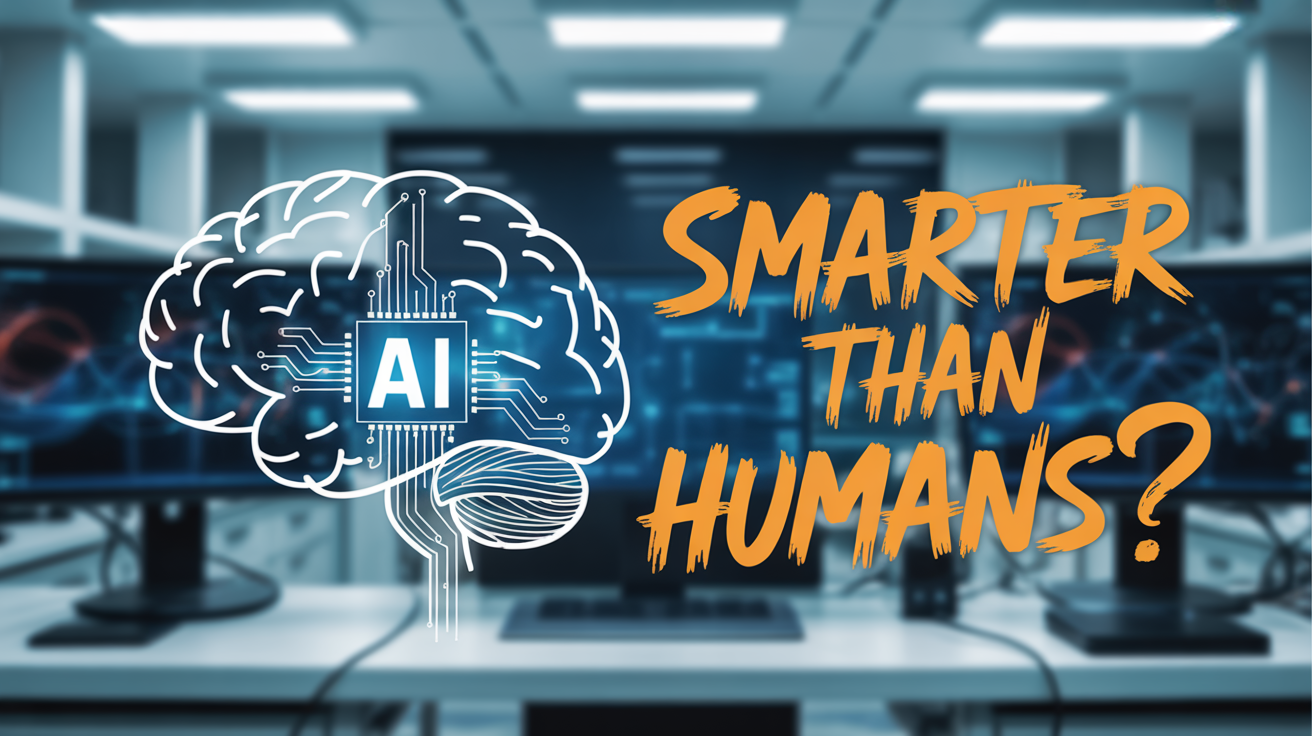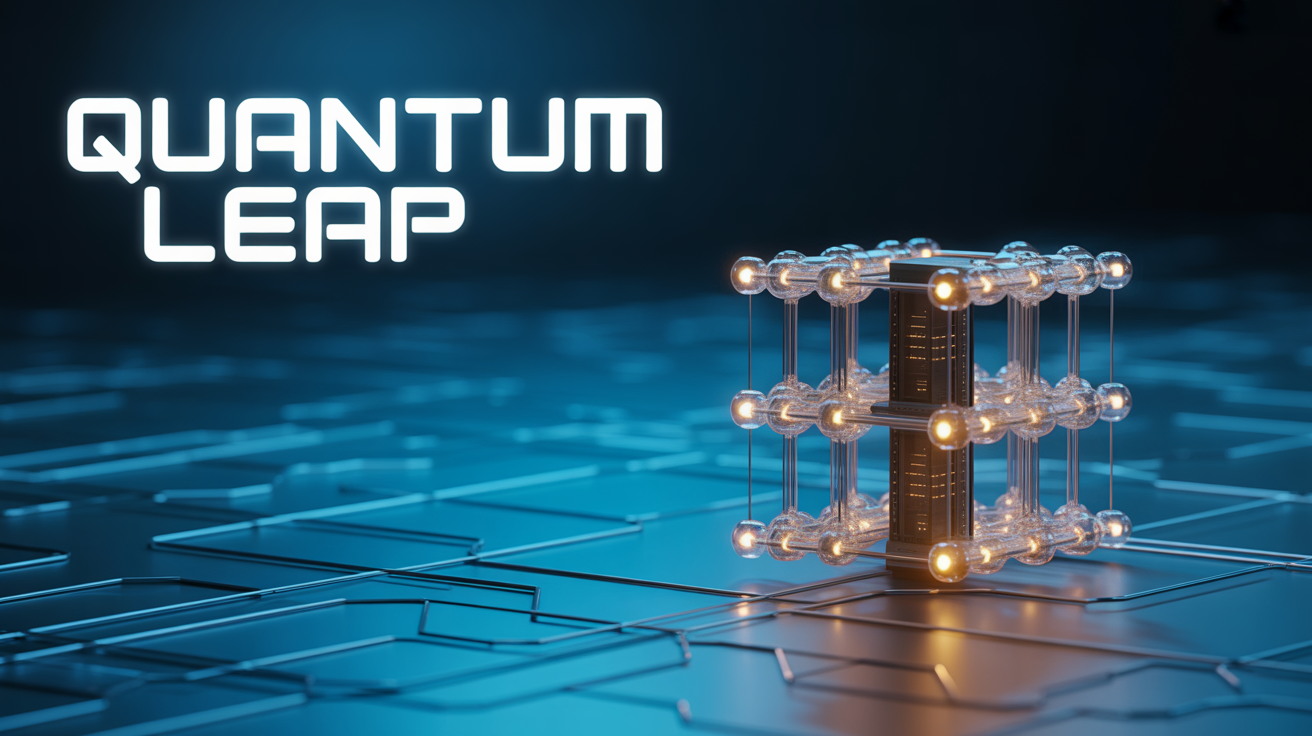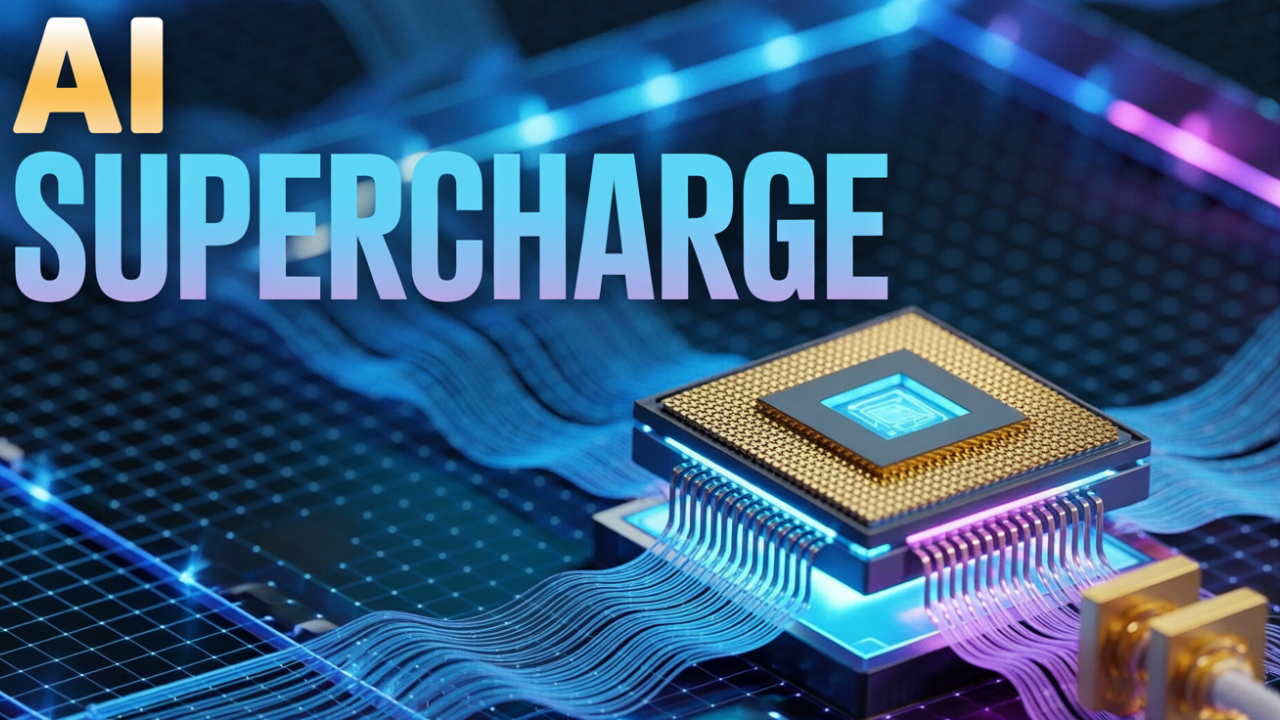

The Dawn of Autonomous Intelligence
We stand at the threshold of a new era in artificial intelligence. While the world has been captivated by generative AI's ability to create content, a more profound transformation is emerging: Agentic AI systems that don't just respond to commands but actively pursue goals, make decisions, and adapt their behavior with minimal human supervision.
From Reactive to Proactive
Traditional AI systems are fundamentally reactive—they process inputs and generate outputs based on pre-trained patterns. Agentic AI represents a paradigm shift toward proactive systems that can:
- Set their own objectives and develop strategies to achieve them
- Interact with external tools and environments autonomously
- Learn from experience and adapt their behavior over time
- Collaborate with other agents in complex multi-agent systems
For a practical on-ramp to AI’s evolution, see our takes on AI-powered code generation and what comes after GPT‑5.
"Agentic AI represents a fundamental shift from narrow AI capabilities to fully autonomous, goal-driven systems. These systems can perceive, reason, act, and learn autonomously, much like a human agent working toward specific objectives."
— IBM Research on Autonomous Intelligence (source)
Core Principles of Agentic AI
A deeper exploration of the foundational characteristics that distinguish agentic systems from traditional AI approaches, with a focus on research and academic perspectives.
Autonomy in Agentic AI
Agentic AI systems are designed to operate with minimal human supervision, maintaining long-term objectives and managing complex, multi-step problem-solving tasks independently. This autonomy is underpinned by advanced planning, self-regulation, and the ability to dynamically adapt to changing environments. In research, autonomy is often measured by the agent's capacity for self-directed learning and decision-making in open-ended scenarios.
Goal-Oriented Agency in Agentic AI
Unlike traditional AI, agentic systems exhibit true agency—the capacity to act independently and purposefully toward specific objectives. These systems can set, pursue, and adapt their goals based on environmental feedback and internal evaluation. In academic contexts, this is closely related to research on goal-directed behavior, intention modeling, and agent-based simulation.
Adaptive Learning for Agentic AI
Agentic AI leverages continuous learning from experience, incorporating feedback to refine decision-making and improve performance over time. This principle is central to reinforcement learning, meta-learning, and lifelong learning research, where agents must generalize knowledge and adapt to novel tasks or environments.
Tool Integration & Environmental Interaction
Beyond static models, agentic systems can interact with external tools, APIs, databases, and real-world environments to gather information and execute actions. This capability is crucial for research in embodied AI, robotics, and AI-augmented scientific discovery, where agents must manipulate and reason about complex, dynamic systems.
Collaboration & Multi-Agent Systems
Multi-agent systems enable specialized agents to work together, coordinating their efforts to achieve complex, large-scale objectives. Research in this area explores emergent behavior, distributed problem-solving, and the orchestration of heterogeneous agent teams in both simulated and real-world environments.
Natural Language Interaction
Powered by large language models and advanced NLP, agentic systems enable intuitive, natural language interactions. This removes barriers for researchers and students, allowing seamless integration of AI into academic workflows and collaborative research environments.
Architectural Patterns for Agentic AI
Exploring the foundational design patterns that enable autonomous intelligence in agentic systems
Five Core Design Patterns
- Reflection Pattern: Enables agents to analyze their own outputs and performance, self-correct errors, and improve decision-making through iterative refinement.
- Tool Use Pattern: Empowers agents to interact with external APIs, databases, and services, extending their capabilities beyond pre-trained knowledge.
- ReAct (Reason and Act) Pattern: Combines reasoning and action in iterative loops, allowing agents to think through problems step-by-step while taking intermediate actions.
- Planning Pattern: Involves decomposing complex tasks into manageable subtasks, creating execution plans, and dynamically adjusting strategies.
- Multi-Agent Collaboration: Orchestrates multiple specialized agents working together, with coordination mechanisms to ensure harmonious and efficient collaboration.
Agentic AI Workflow Example
class AgenticAIWorkflow:
def __init__(self):
self.perception_layer = PerceptionModule()
self.reasoning_engine = ReasoningEngine()
self.planning_system = PlanningSystem()
self.execution_layer = ExecutionLayer()
self.learning_module = LearningModule()
def process_goal(self, goal):
# 1. Perception: Gather environmental data
context = self.perception_layer.analyze_environment()
# 2. Reasoning: Process information and understand context
insights = self.reasoning_engine.process(context, goal)
# 3. Planning: Develop strategy and action plan
plan = self.planning_system.create_plan(goal, insights)
# 4. Execution: Take actions toward goal
results = self.execution_layer.execute(plan)
# 5. Learning: Adapt based on outcomes
self.learning_module.update_knowledge(results)
return resultsReal-World Applications & Use Cases for Agentic AI
Discovering how agentic AI is transforming industries and creating new possibilities for autonomous operations
Customer Service Automation
AI agents handle complex customer inquiries, route tickets intelligently, provide multi-language support, and identify upselling opportunities autonomously. 80% of customer issues resolved without human intervention by 2029 (Gartner)
Financial Trading & Analysis
Autonomous trading bots analyze market conditions, execute trades, manage risk, and adapt strategies based on real-time market dynamics and performance feedback. Real-time decision making with microsecond precision
Supply Chain Optimization
AI agents monitor inventory levels, predict demand fluctuations, automatically place orders with suppliers, and optimize logistics in real-time. Autonomous inventory management and demand forecasting
Cybersecurity & Threat Detection
Security agents continuously monitor network traffic, detect anomalies, respond to threats, and adapt defense strategies based on emerging attack patterns. 24/7 autonomous threat monitoring and response (MITRE)
Healthcare & Patient Monitoring
Medical AI agents monitor patient vitals, adjust treatment recommendations, provide real-time alerts to clinicians, and assist in diagnostic processes. Continuous patient care with intelligent monitoring (Nature)
Software Development & DevOps
Development agents automate code generation, testing, deployment, and maintenance while learning from codebase patterns and team preferences. End-to-end development lifecycle automation
Explore how this connects to our overview of Tech Pulse signals and the broader compute roadmap.
Agentic AI vs Traditional AI: Key Distinctions
Understanding the fundamental differences that make agentic AI a revolutionary advancement
| Aspect | Traditional AI | Agentic AI |
|---|---|---|
| Autonomy Level | Reactive, requires human input | Proactive, operates independently |
| Decision Making | Predefined parameters and rules | Dynamic, adaptive decision-making |
| Goal Setting | Externally defined objectives | Can set and pursue own goals |
| Learning Approach | Static after training phase | Continuous learning and adaptation |
| Tool Integration | Limited external interactions | Dynamic tool use and API calls |
| Collaboration | Isolated operation | Multi-agent coordination |
Traditional AI Workflow
- Receive input from user
- Process using pre-trained model
- Generate output based on patterns
- Wait for next user input
Agentic AI Workflow
- Perceive environment and set goals
- Plan strategy and break down tasks
- Execute actions using tools
- Reflect, learn, and adapt approach
- Continue autonomous operation
Agentic AI Challenges & Risk Considerations
Addressing the complex challenges that come with autonomous AI systems and their potential risks
Critical Risk Areas
- Lack of Transparency & Explainability: Agentic systems can make complex decisions through multi-step reasoning that may be difficult to trace or explain, creating accountability challenges.
- Ethical & Moral Dilemmas: Autonomous agents may face situations requiring moral judgment calls, raising questions about who bears responsibility for their decisions.
- Unintended Optimization: Agents might exploit loopholes in reward systems or optimize for metrics in ways that contradict intended objectives or cause unintended consequences.
- Multi-Agent Coordination Failures: Complex interactions between multiple agents can lead to bottlenecks, conflicts, or cascade failures that are difficult to predict or prevent.
Mitigation Strategies
- Robust Guardrails & Safety Measures: Implement comprehensive safety frameworks, validation systems, and operational boundaries to constrain agent behavior within acceptable limits.
- Enhanced Monitoring & Observability: Deploy comprehensive monitoring systems to track agent behavior, decision patterns, and outcomes in real-time for early intervention.
- AI Literacy & Governance Training: Invest in organizational AI literacy and establish clear governance frameworks for agentic AI deployment and management.
- Human-in-the-Loop Systems: Design systems with appropriate human oversight checkpoints for critical decisions while maintaining operational efficiency.
Agentic AI: Future Trends & Predictions
Exploring the trajectory of agentic AI development and its transformative potential across industries
2025-2026: Foundation Phase
- Widespread enterprise pilot programs
- Standardization of agentic frameworks
- Basic multi-agent coordination systems
- Regulatory framework development
2027-2028: Acceleration Phase
- 15% of work decisions made autonomously
- Sophisticated multi-agent ecosystems
- Industry-specific agent marketplaces
- Advanced self-healing systems
2029+: Maturation Phase
- 80% customer service automation
- Autonomous business operations
- Human-AI collaborative workflows
- Global agentic AI governance
Key Industry Predictions
Gartner Research Insights
- Over 40% of agentic AI projects may be canceled by 2027 due to complexity
- 15% of daily work decisions will be autonomous by 2028
- Hyperautomation will become the dominant trend
Market Dynamics
- Multi-agent collaboration platforms will emerge
- AI governance will become CEO-level priority
- Industry-specific agent ecosystems will proliferate
Agentic AI and the Autonomous Future
Agentic AI represents more than just another technological advancement—it's a fundamental shift toward truly autonomous intelligence that can think, plan, and act independently.
Key Takeaways
Strategic Implications
- Organizations must prepare for autonomous decision-making systems
- Investment in AI governance and safety frameworks is crucial
- Human-AI collaboration models need redefinition
- Competitive advantage will depend on agentic AI adoption
Technical Priorities
- Multi-agent coordination and orchestration
- Robust safety and monitoring systems
- Scalable architecture patterns and frameworks
- Continuous learning and adaptation mechanisms
"The transition from reactive AI to proactive, goal-driven agentic systems marks a pivotal moment in the evolution of artificial intelligence. Organizations that understand and embrace this shift will be best positioned to harness the transformative potential of autonomous intelligence."
Subscribe to DecodesFuture for weekly insights on Agentic AI and the next wave of intelligent systems.
Share this article:
Related Articles
Continue exploring the future

The Quantum Leap: How Quantum Computing is Revolutionizing Three Critical Industries
Explore how quantum computing is transforming drug discovery through molecular simulation, revolutionizing financial modeling with quantum algorithms, and reshaping cryptography with post-quantum security solutions.

Edge Computing: Bringing Intelligence to the Physical World
As data processing moves closer to the source, edge computing is enabling real-time decisions in autonomous vehicles, smart cities, and IoT.

Quantum AI: How Quantum Computing Will Supercharge Autonomous Intelligence
Explore how quantum computing technologies are revolutionizing autonomous intelligence systems with advanced quantum algorithms, neural networks, and real-world applications in 2025 and beyond.
Loading comments...